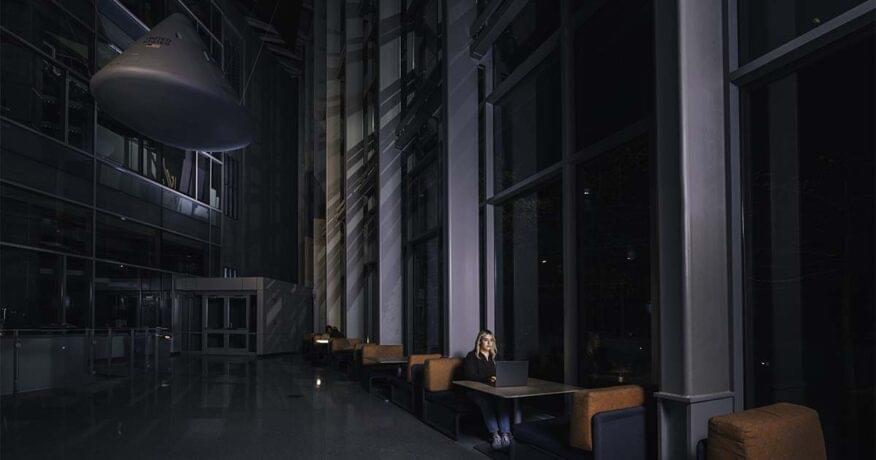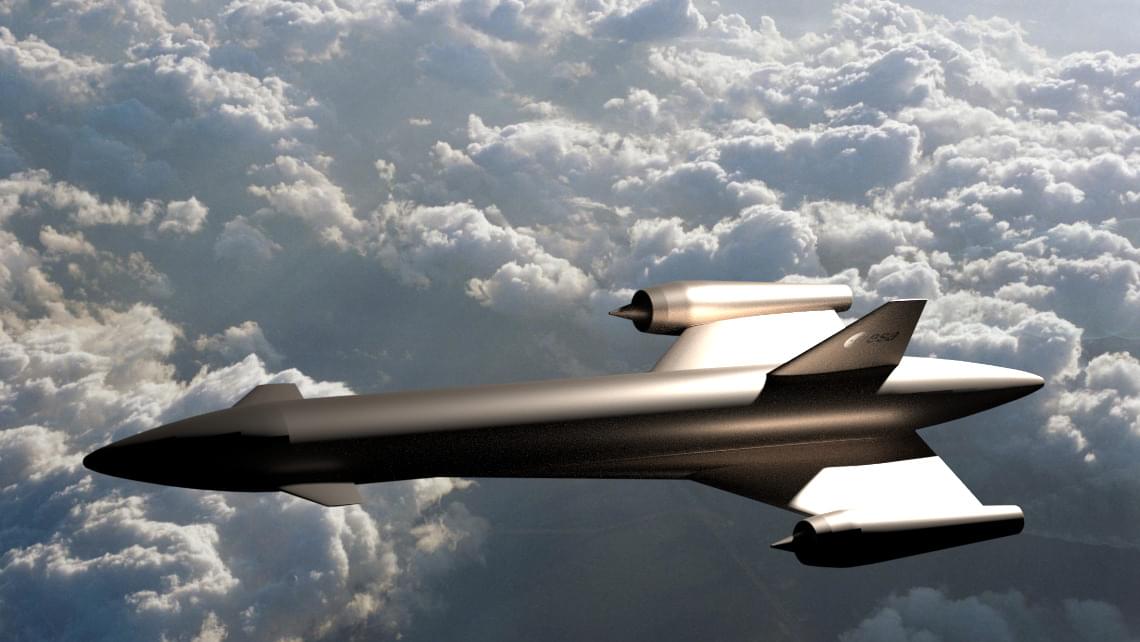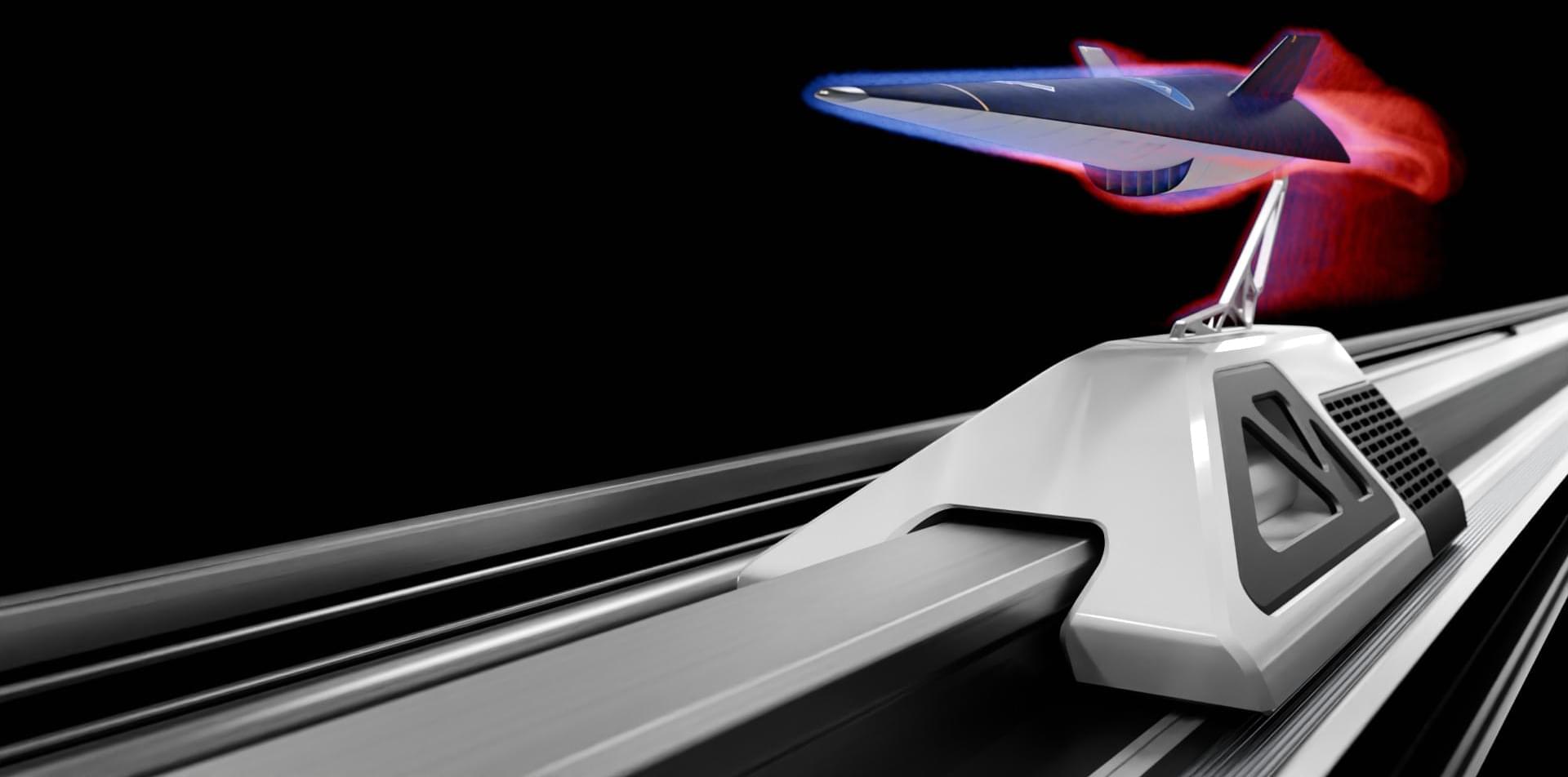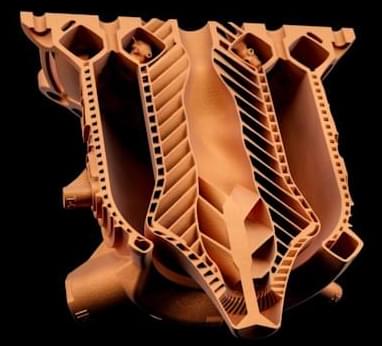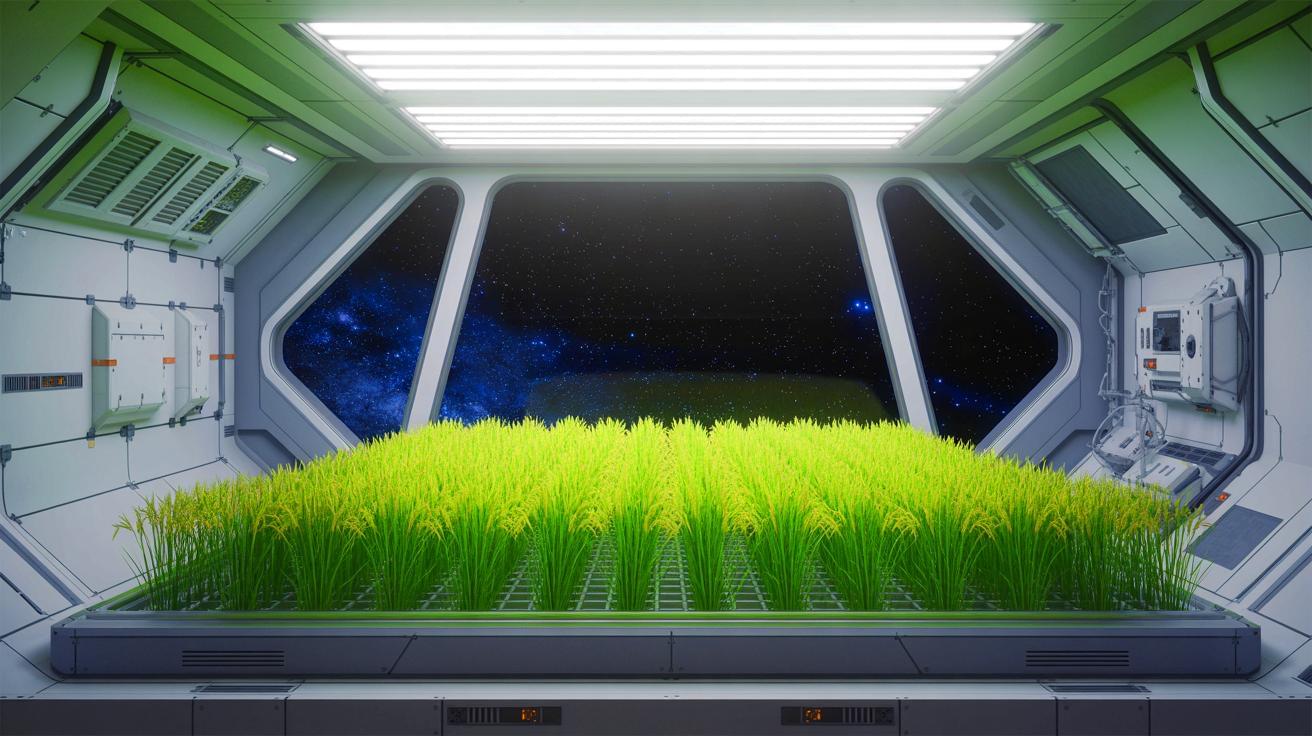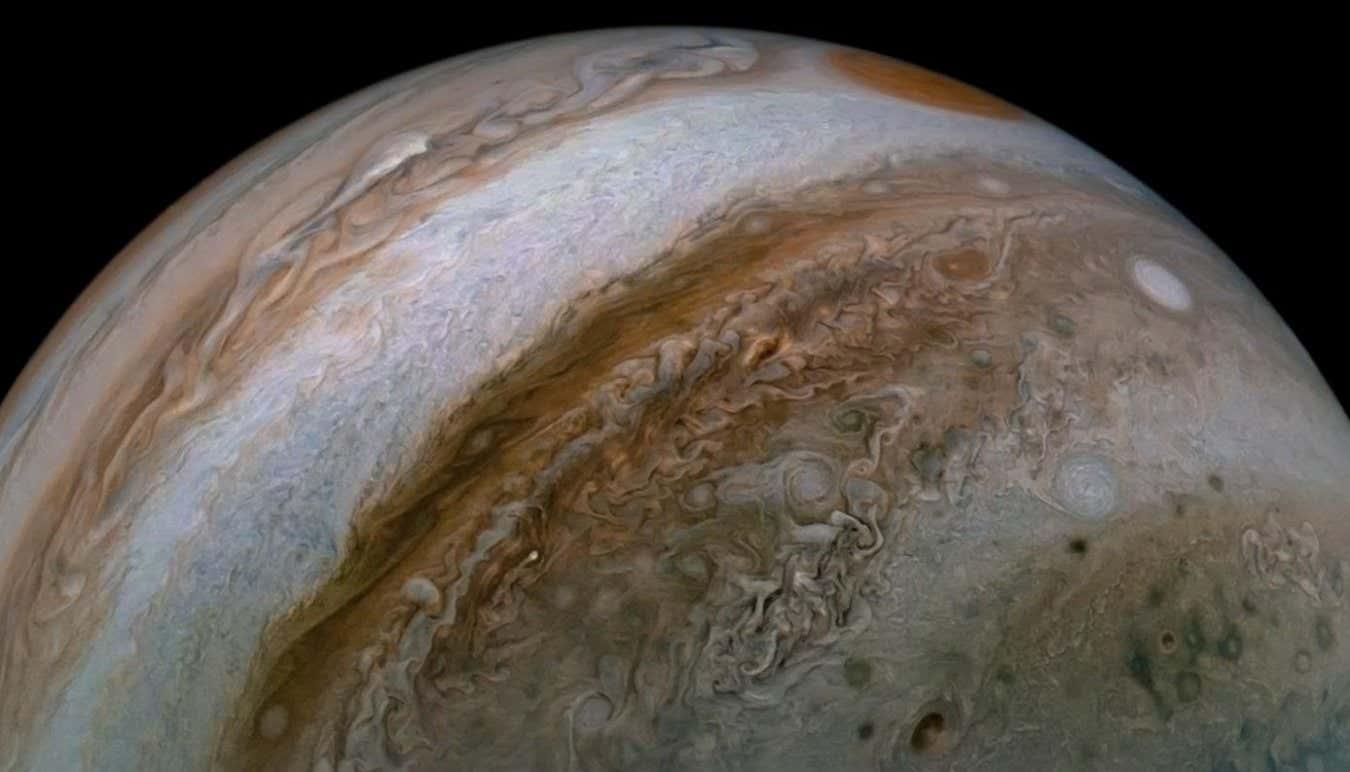Purdue University is standing at the forefront of expanding space exploration and a future economy with the creation of the first-ever Comprehensive Space Engineering Degrees Program in the country.
The program combines both a new online master’s degree in space systems engineering and a new space engineering undergraduate certificate to the established array of cutting-edge programs in the College of Engineering.
The Comprehensive Space Engineering Degrees Program is the latest learning opportunity at Purdue, reflecting a demand for aerospace engineers around the world. The School of Aeronautics and Astronautics continues to offer a variety of important specializations within the undergraduate and graduate degree programs.
(Online programs 😍)
Purdue has the first-ever Comprehensive Space Engineering Degrees Program with offerings ranging an online master’s degree to undergraduate space certificate.
